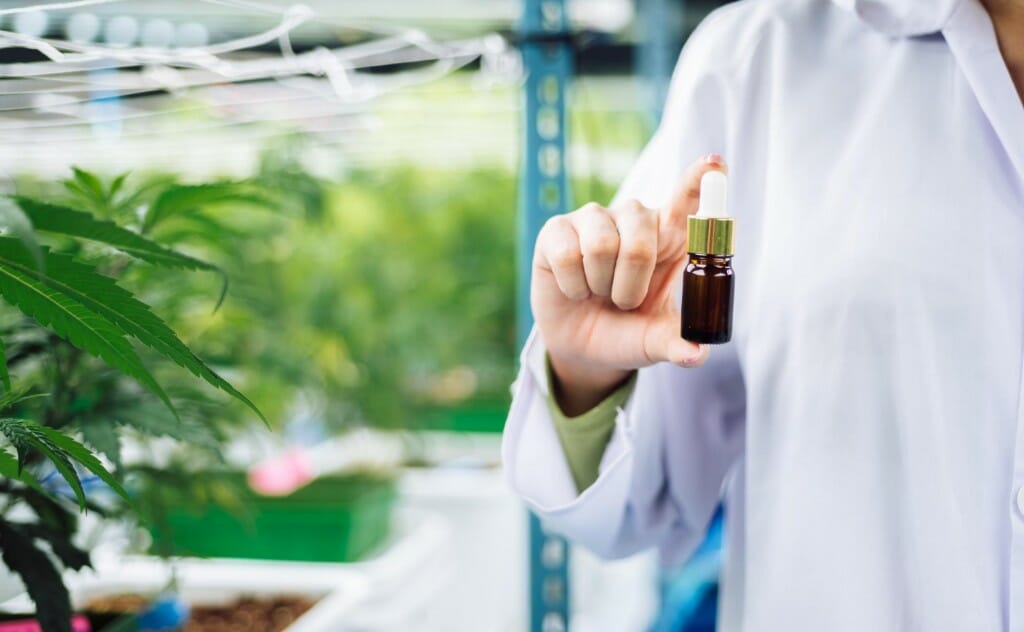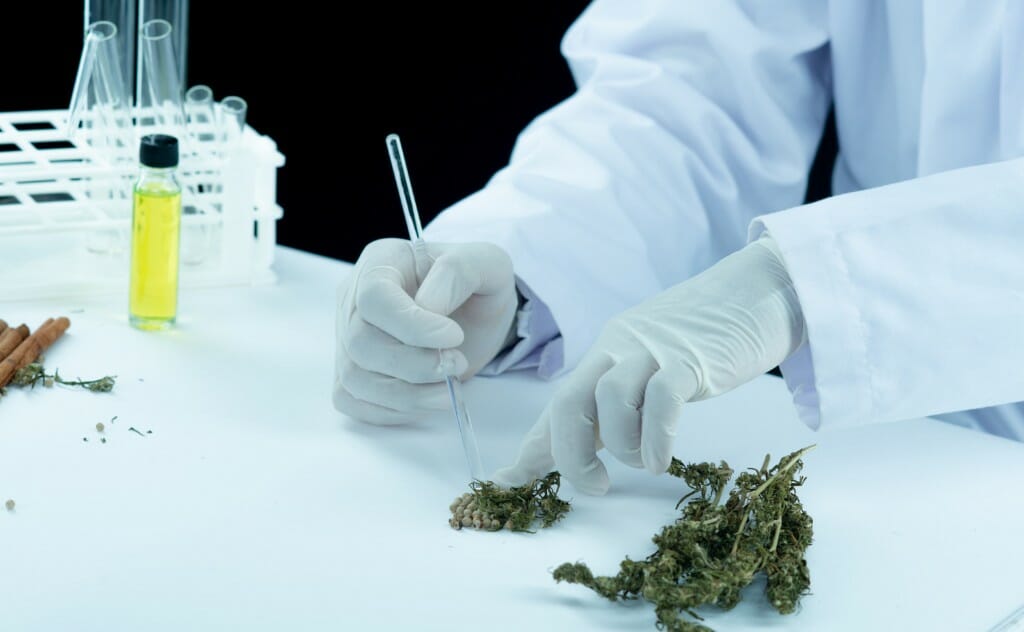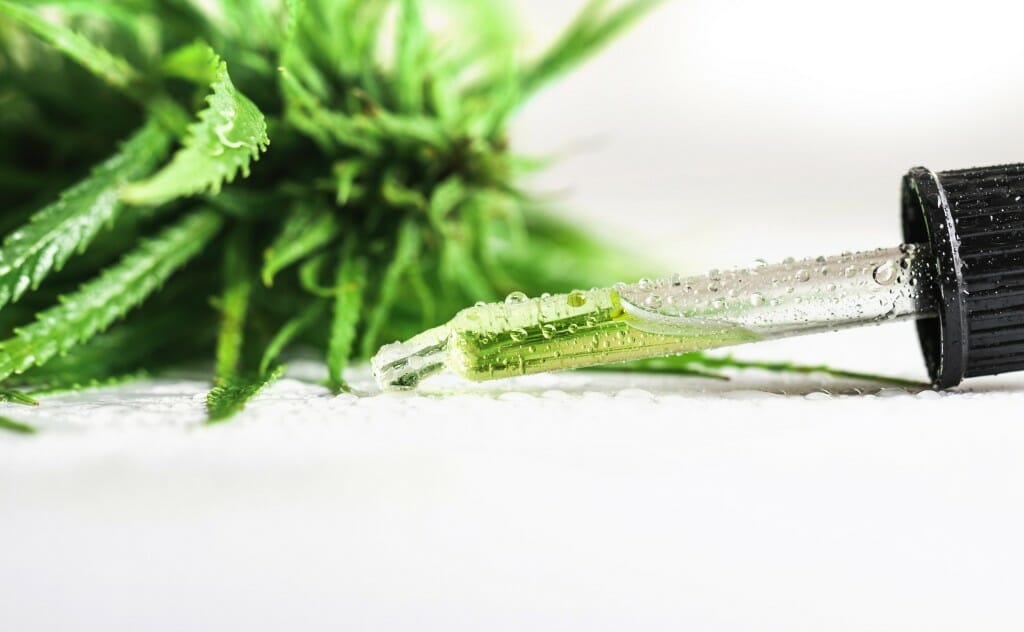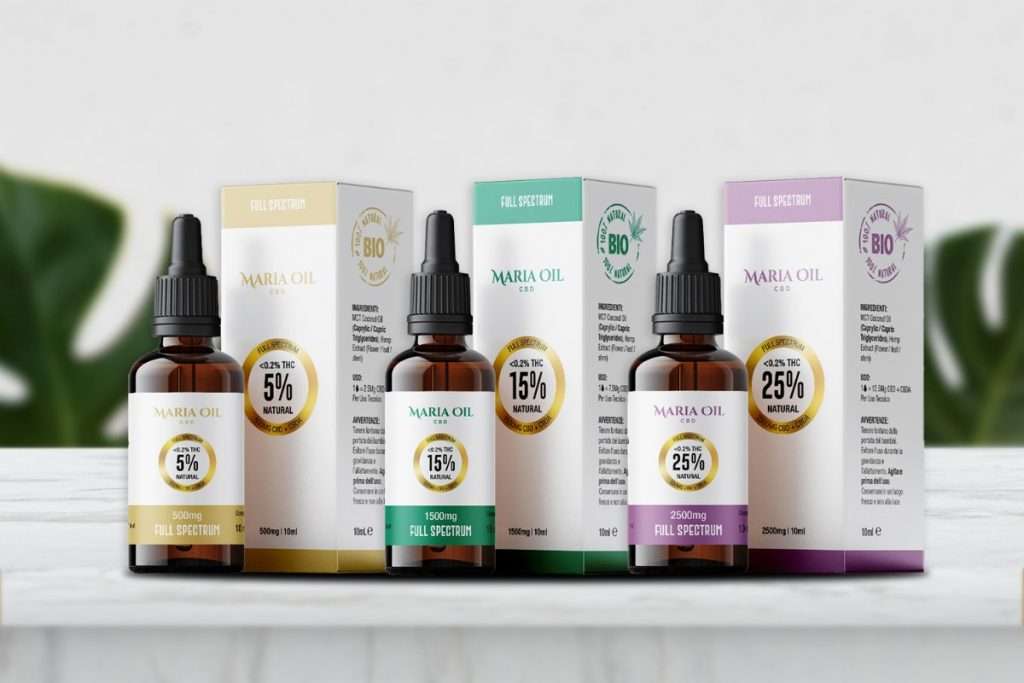CBD, or cannabidiol, is one of the most abundant and studied cannabinoids found in the hemp plant. This substance has been shown to have numerous health and wellness benefits, without causing psychoactive effects or addiction.
But how is CBD extracted from hemp? What are the various extraction methods and their characteristics? What are the advantages and disadvantages? In short, how do you get the products that are sold in shops?
To obtain CBD, it is necessary to extract it from plant material by various extraction methods. Some methods are more popular, some older and some more innovative.
Some methods are cleaner and more ecological, while others are cheaper and simpler. Some methods are better at preserving delicate plant compounds, while others are better at producing pure and concentrated extracts.
Let’s find out together how CBD is extracted from hemp.
How is CBD obtained from hemp?
The extraction of CBD from hemp consists of separating CBD and other beneficial compounds from the plant material using a solvent. The solvent can be a gas, liquid or grease, and can be used at different temperatures and pressures. That is why there are different extraction methods. And of course the type of solvent influences the chemical profile of the final product and its legality.The result is a CBD extract that can be used to produce oils, capsules, cosmetics and other CBD-based products.
CBD extraction is not a simple operation: it requires specific equipment, technical skills and chemical knowledge. Furthermore, the extraction method influences the purity, potency and composition of the final extract.
Industrial methods, for example, are more expensive but employ advanced technology to ensure maximum purity of the active ingredient. And thus also its maximum effectiveness.
Each method therefore has its pros and cons depending on the efficiency, safety, quality and cost of the process.
What are the methods of CBD extraction?
So far, we have said that there are several methods to extract CBD from hemp. We can group them into four main categories:
- Extraction with supercritical CO2;
- Solvent extraction;
- Extraction with oil;
- Ultrasonic extraction.
Before looking in detail at how these methods work and what their pros and cons are, it is necessary to make a distinction between the different products that can be obtained.
CBD extraction methods are used to separate the active ingredient for use in the production of products such as oils. However, there are even purer products that are CBD crystals.
The extraction method to obtain CBD crystals consists of further purifying the CBD oil to remove all non-CBD compounds from the solution. This is achieved by processes such as chromatography, distillation or crystallisation. The result is a solid, colourless product that contains only 99% pure CBD. This additional purification process is necessary because CBD oil may contain other plant compounds, such as terpenes, that could have a synergistic effect with CBD. CBD crystals, on the other hand, are more versatile, easier to dose and more suitable for those who want to avoid any trace of THC.

Extraction of CBD with supercritical CO2
The extraction of CBD with supercritical CO2 is a sophisticated and innovative technique that yields a pure, high-quality product without the use of chemical solvents.
Supercritical CO2 is a fluid that is obtained by bringing carbon dioxide to a high temperature and pressure so that it takes on the characteristics of both a liquid and a gas. This fluid has the ability to dissolve cannabinoids and terpenes from plant matter, without altering its chemical structure or organoleptic properties.
The extraction process takes place in a special plant, equipped with an extraction chamber where the crushed cannabis plant is inserted and a separation chamber where the extract is collected. Supercritical CO2 is circulated between the two chambers, passes through the plant and dissolves the desired compounds. Depending on the set temperature and pressure, extracts with different concentrations and compositions of cannabinoids and terpenes can be obtained.
The extract obtained by this method is rich in CBD and other minor cannabinoids. It also contains the plant’s natural terpenes, which give the extract a pleasant aroma and increased therapeutic efficacy.
The extract can then be used to produce oils, capsules, creams, crystals and other CBD products.
The advantages of CBD extraction with supercritical CO2 are numerous. It is a method:
- Environmentally friendly and safe, producing no toxic or polluting waste;
- Selective and efficient, resulting in pure and concentrated extracts, without loss of material or contamination;
- Versatile and controllable, allowing the composition of the extract to be modulated according to the needs of the producer or consumer.
CBD extraction with supercritical CO2 is therefore the best method to extract CBD from the cannabis plant, ensuring a superior quality and environmentally friendly product.
Extraction with ethanol
We have seen how CBD is extracted from hemp in the sophisticated way that companies use. Now let us look at a much simpler and more popular method: extraction with ethanol.
It is a method of using ethyl alcohol, also known as ethanol, as a solvent to separate CBD and other cannabinoids from hemp plants.
Ethanol is a polar solvent, i.e. it binds easily to hydrophilic (water-loving) molecules such as terpenes, flavonoids and cannabinoids. In this way, ethanol is able to extract a wide range of beneficial compounds from plant matter.
The extraction of CBD with ethanol can be done in different ways, but the basic principle is the same: you put the plant matter in a container and add ethanol.
It is left to infuse for some time, depending on temperature and ethanol concentration. Then the liquid is filtered to remove the solid parts and the ethanol is evaporated to obtain a concentrated oil of CBD and other cannabinoids.
The extraction of CBD with ethanol undoubtedly has some advantages. It is a method:
- Cheap and easy to make at home, with simple equipment;
- Safe and non-toxic, as ethanol is a natural, biodegradable solvent;
- Effective and comprehensive, allowing a wide variety of beneficial compounds to be extracted from the plant.
However, CBD extraction with ethanol also has some disadvantages and is therefore not a favourite for the professional production of CBD products:
- It takes longer than other methods depending on the quality and quantity of the plant material;
- It requires further purification to remove impurities that may remain in the final product;
- It can alter the terpene and flavonoid profile if the ethanol is too hot or too cold.
Let us now turn to another home-made method.

CBD extraction with olive oil
This is by far the simplest method, which anyone with a little patience can try out.
To extract CBD with olive oil, the plant material must first be decarboxylated, i.e. the cannabinoid acids are activated by heat. Then the hemp flowers are chopped and placed in a glass jar with olive oil. It is always best to choose a quality, organic oil, such as first-press extra virgin. The jar is closed tightly and placed in a bain-marie in a pot with water on low heat for about two hours, taking care not to let the water boil.
After two hours, the fire is turned off and the jar is left to cool. The last step is to filter the oil through a sieve to remove the vegetable residue.
The resulting CBD oil can be used either orally or topically, depending on the needs and preferences of the consumer.
The extraction of CBD with olive oil is an economical and safe method that leaves no chemical residue in the final product. However, it also has disadvantages such as low yield, short duration and poor dosage standardisation.
For this reason, many consumers prefer to purchase professional CBD products obtained by more sophisticated and controlled methods, such as supercritical CO2 or alcohol solvent extraction. These methods ensure greater purity, potency and quality of the extracted CBD.
Ultrasonic extraction
How do you extract CBD from hemp quickly but also professionally? With ultrasound!
Ultrasonic extraction is based on the application of high-frequency sound waves to plant material immersed in a solvent. These waves create vacuum bubbles that implode violently, generating cavitation. Cavitation breaks the plant cell walls and releases bioactive compounds such as CBD into the solvent.
An advantage of ultrasonic extraction is the possibility of choosing the most suitable solvent according to the type of extract to be obtained. For example, hot or cold ethanol, butane, supercritical CO2, olive or coconut oil, etc. can be used.
Depending on the solvent and temperature, different compounds can be isolated from the plant such as cannabinoids, terpenes or flavonoids. In this way, one can obtain a full-spectrum extract containing all the active ingredients of cannabis or a more selective extract containing only CBD or other cannabinoids.
For ultrasonic extraction, there are several devices on the market that vary in power, capacity and mode of operation. They enable high-quality CBD to be obtained quickly and easily.
What is the best extraction method?
Now you know how CBD is extracted from hemp and what the different extraction methods are.
We have found that the safest and most effective method is using supercritical CO2. It produces a pure and concentrated oil without solvent residues or other impurities. This method is also the most environmentally friendly as it produces no harmful emissions and does not waste plant material and is the preferred method for CBD extraction in Italy.
If you are interested in trying CBD and want to buy a quality product, we recommend visiting Maria CBD Oil’s shop where you will find a wide range of oils, herbal teas, candies and other CBD products.
All products are made from certified organic hemp extracts from sustainable and controlled cultivation.
Don’t waste time and discover the benefits of CBD for your physical and mental well-being now. Visit the Maria CBD Oil shop and choose the product that is right for you!
 Contact us
Contact us 







